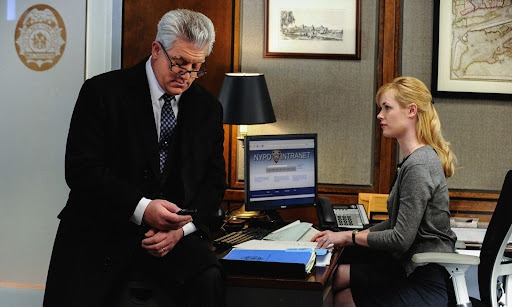
Blue Bloods has become a cornerstone of CBS’s primetime lineup, captivating audiences with its engaging stories and strong family dynamics. The series, which follows the Reagan family—dedicated law enforcement officers in New York City—has garnered a loyal fan base since its debut in 2010. But what goes into creating this beloved show? In this article, we take a behind-the-scenes look at Blue Bloods, featuring insights from the cast and crew that reveal the dedication, creativity, and teamwork required to bring the series to life.
The Creative Process
At the heart of Blue Bloods is a talented team of writers and producers who craft the storylines that resonate with viewers. The showrunner, Kevin Wade, has been instrumental in shaping the series since its inception. He emphasizes the importance of authenticity in storytelling, noting, “We strive to reflect real-life issues that law enforcement faces while maintaining a balance of drama and family dynamics.”
The writing team conducts thorough research to ensure that the police procedures portrayed on screen are accurate and realistic. This commitment to authenticity is evident in the attention to detail in each episode, from the dialogue to the procedural elements. Wade explains, “We often consult with former police officers and experts to get the facts right, which adds credibility to our stories.”
Casting the Reagan Family
The casting of the Reagan family was crucial to the show’s success. Tom Selleck, who plays the central character Frank Reagan, brings a wealth of experience and charisma to the role. His portrayal of the NYPD Commissioner is marked by a blend of authority and compassion, making him a relatable figure for audiences. Selleck’s presence is often cited as a key factor in the show’s appeal.
Donnie Wahlberg, who plays Frank’s eldest son, Danny, shares that chemistry among the cast is essential. “From the very beginning, we had a great rapport,” he says. “It’s important for the family dynamic to feel genuine, and I think that comes through on screen.” The strong bond between the actors translates into authentic family interactions, making the Reagan family relatable and endearing.
The Importance of Family Dinners
One of the show’s hallmark elements is the iconic family dinner scenes that occur in almost every episode. These gatherings not only serve as a platform for character development but also highlight the importance of family in the Reagan household. The dinner table becomes a space for discussing personal and professional challenges, allowing the characters to connect on a deeper level.
The show’s producers recognize the significance of these scenes in conveying the show’s themes. “These dinners are where the heart of the show lies,” says executive producer, Leonard Goldberg. “They showcase not only the familial love but also the moral and ethical dilemmas the characters face in their lives and careers.”
The Role of Location
Filming Blue Bloods on location in New York City adds an authentic backdrop to the series. The streets of NYC provide a dynamic setting that enhances the storytelling and adds to the show’s realism. The production team often shoots in iconic locations, allowing viewers to experience the vibrant energy of the city.
Director and producer, David Platt, explains, “Being in New York is essential to the show. It’s a character in itself.” The filming locations, from bustling streets to serene parks, create a visual richness that enhances the narrative, immersing viewers in the world of the Reagans.
The Commitment of the Crew
Behind every successful series is a dedicated crew that works tirelessly to bring the vision to life. From set designers to cinematographers, the team behind Blue Bloods is committed to creating a high-quality production. The attention to detail in set design, wardrobe, and cinematography contributes to the show’s polished look and feel.
Production designer, John Ippolito, notes, “We aim to create an environment that feels authentic to the story. Every detail counts, whether it’s the Reagan family home or the police precinct.” This level of commitment ensures that every episode meets the high standards that fans have come to expect.
Conclusion
Blue Bloods has successfully combined engaging storytelling with authentic portrayals of law enforcement and family dynamics, thanks to the hard work and creativity of its cast and crew. The insights shared by those involved in the production reveal the dedication required to create a show that resonates with viewers. As the series continues to evolve, the commitment to authenticity, family values, and compelling narratives remains at its core, ensuring that Blue Bloods will continue to capture the hearts of audiences for years to come.
